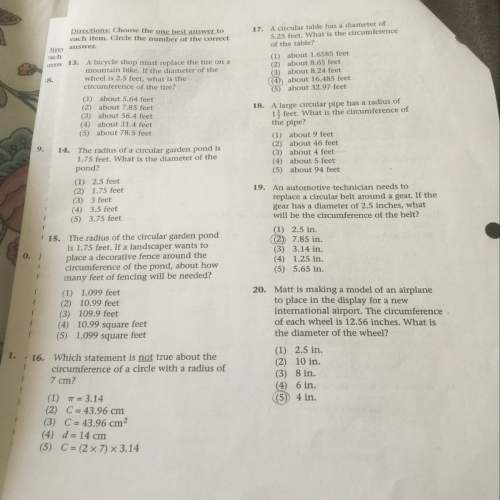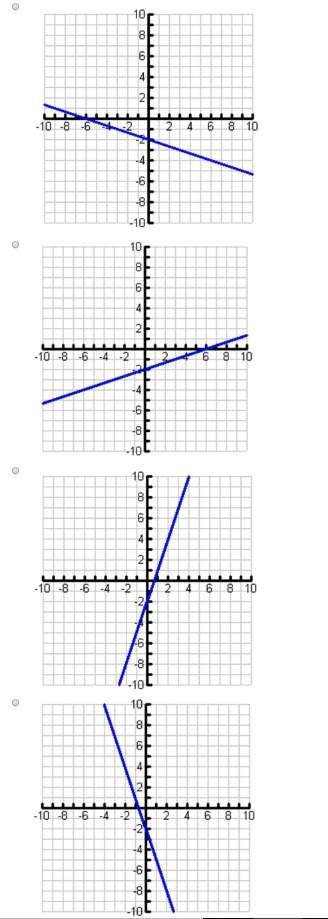
Mathematics, 16.04.2020 22:48 aurelio1121
Solve the non-homogeneous diusion equation ut = 2uxx + 4x ux (0, t) = 0 u (1, t) = 1 u (x, 0) = x 2 (a) Separate the problem into boundary and interior parts. (b) Find all the eigenfunctions, and transform the interior PDE. (c) Solve the resulting ODEs and invert to write the solution as a series. (d) Plot a 5-term series solution for times t = {0.0, 0.1, 0.4, 0.9, 1.6, 2.5} . For a bonus point, create and upload a 51-frame movie spanning the time domain t ∈ [0, 2.5].

Answers: 1


Other questions on the subject: Mathematics

Mathematics, 21.06.2019 20:30, lcy1086526Lisa1026
25) 56(1) = 5b a. identity property of addition b. identity property of multiplication c. commutative property of multiplication d. commutative property of addition
Answers: 1

Mathematics, 21.06.2019 21:40, ur4286
Scores on the cognitive scale of the bayley-scales of infant and toddler development range from 1 to 19, with a standard deviation of 3. calculate the margin of error in estimating the true mean cognitive scale score, with 99% confidence, if there are 12 infants and toddlers in a sample.
Answers: 3

Mathematics, 21.06.2019 22:00, jacksonshalika
Billie holiday sells children's clothing for sara vaughn's toddler shop. baby blankets sell for $29.99 after a markup rate based on cost of 109%. find the cost and the markup.
Answers: 2

Mathematics, 21.06.2019 22:30, thelonewolf5020
Amachine that produces a special type of transistor (a component of computers) has a 2% defective rate. the production is considered a random process where each transistor is independent of the others. (a) what is the probability that the 10th transistor produced is the first with a defect? (b) what is the probability that the machine produces no defective transistors in a batch of 100? (c) on average, how many transistors would you expect to be produced before the first with a defect? what is the standard deviation? (d) another machine that also produces transistors has a 5% defective rate where each transistor is produced independent of the others. on average how many transistors would you expect to be produced with this machine before the first with a defect? what is the standard deviation? (e) based on your answers to parts (c) and (d), how does increasing the probability of an event a↵ect the mean and standard deviation of the wait time until success?
Answers: 3
You know the right answer?
Solve the non-homogeneous diusion equation ut = 2uxx + 4x ux (0, t) = 0 u (1, t) = 1 u (x, 0) = x 2...
Questions in other subjects:


Mathematics, 05.05.2020 20:14


History, 05.05.2020 20:14




Social Studies, 05.05.2020 20:14


Mathematics, 05.05.2020 20:14





